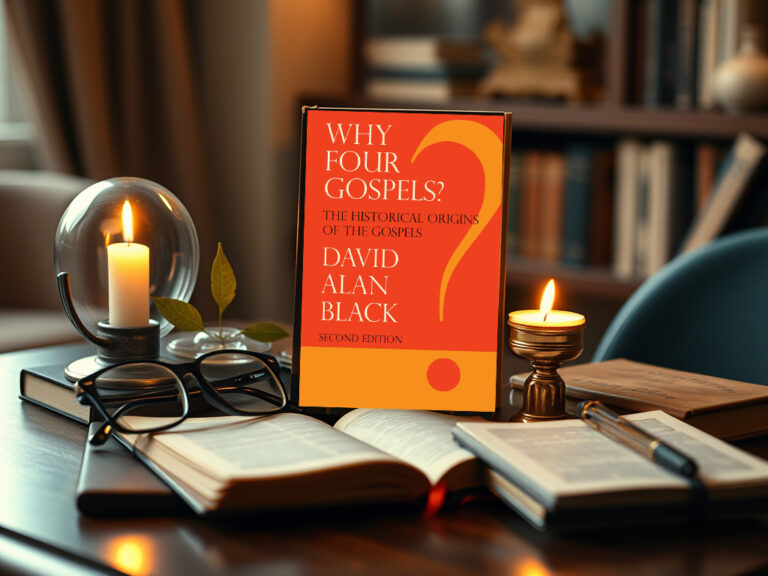Bruce Epperly: Ruth, Esther, and Process-Relational Theology
by Dr. Bruce G. Epperly, pastor, professor and author of Process Theology: Embracing Adventure with God, Ruth and Esther: Women of Agency and Adventure, and more!
 The Bible is a book of relationships and nowhere is it more evident than in the Books of Ruth and Esther. Ruth’s and Naomi’s survival depends on their care for one another and the kindness of strangers. Brought to power against her will and hiding her Jewish identity, Esther springs into action when Mordecai reminds her that God is work in these chance, and unpleasant events, to raise her up for just such a time as this. Queen Esther calls for fasting and praying. The young queen herself is transformed from a concern for individual survival to a commitment to the survival of her people, regardless of the cost to herself.
The Bible is a book of relationships and nowhere is it more evident than in the Books of Ruth and Esther. Ruth’s and Naomi’s survival depends on their care for one another and the kindness of strangers. Brought to power against her will and hiding her Jewish identity, Esther springs into action when Mordecai reminds her that God is work in these chance, and unpleasant events, to raise her up for just such a time as this. Queen Esther calls for fasting and praying. The young queen herself is transformed from a concern for individual survival to a commitment to the survival of her people, regardless of the cost to herself.
The God the Bible is a relational God. Abraham Joshua Heschel speaks of God’s relationship to the world in terms of the divine pathos. God cares. God is concerned about weights and measures, foreclosures, and the relationship between piety and poverty. If you don’t care for the poor, the prophet Amos asserts, you will soon experience a famine of hearing God’s word.
In the Biblical tradition, humankind is made for relationships. Although Jesus prized prayerful solitude, he reached out to the marginalized, vulnerable, and forgotten. He embraced the “nuisances and nobodies” (Crossan) as well as the rich and powerful. Jesus saw God as a loving parent, who feels our pain and rejoices in our celebrations. When Jesus proclaimed that as you have done unto the least of these, you have done upon me, he asserted that is God is touched, changed, and transformed by what happens here on earth in our relationships with one another. He also affirmed that God is constantly calling us to be faithful to God’s vision of healing, abundance, and Shalom.
The most pitied person in Biblical theology is the self-made individual – the man who builds a barn, contemplates contentedly his wealth without gratitude or generosity, and then dies that night. Paul’s image of the body of Christ suggests that we truly do experience one another’s joys and sorrows. When one suffers, all do; when one succeeds, all celebrate. We are intimately connected in what Martin Luther King described as the “beloved community.”
Today, process-relational theology describes the spirit of scripture insightfully and inspirationally. In process theology, we are joined. Everything we do shapes our neighbor, and we are shaped by the environment from which our lives emerge, whether this environment is spiritual, familial, educational, communal, economic, political, or planetary. We truly live in an ecological universe in which everyone matters and no one can truly succeed without the well-being of others.
 In my books on Ruth and Esther and Process Theology, I have sought to explore the practical implications of scripture and theological reflection. Ruth and Esther remind us of the need for generosity and a secure social safety net. They clearly tell us that our flourishing and survival depends on a benevolent community of relationships to which we are obligated to contribute. Process theology takes the insights of Ruth and Esther one step further in proclaiming the global interdependence of life. What we do here radiates across the planet and contributes to the good or ill of people we may never meet. In process theology, every decision, including business, economic, and governmental is personal and global. Every decision brings more beauty or ugliness to the world and to God’s experience. Ruth and Esther and process theology invite us to move from individual self-interest to world loyalty, to go from individualism to servanthood, and to the place the well-being of others on par with our own. Yes, we must protect ourselves, but not by spiritual or political walls. Our calling is to do something beautiful for God, to recognize our profound dependence upon others and our responsibility within the intricate interdependence of life, and then commit ourselves as individuals, community members, and citizens to doing something beautiful for God and this good earth.
In my books on Ruth and Esther and Process Theology, I have sought to explore the practical implications of scripture and theological reflection. Ruth and Esther remind us of the need for generosity and a secure social safety net. They clearly tell us that our flourishing and survival depends on a benevolent community of relationships to which we are obligated to contribute. Process theology takes the insights of Ruth and Esther one step further in proclaiming the global interdependence of life. What we do here radiates across the planet and contributes to the good or ill of people we may never meet. In process theology, every decision, including business, economic, and governmental is personal and global. Every decision brings more beauty or ugliness to the world and to God’s experience. Ruth and Esther and process theology invite us to move from individual self-interest to world loyalty, to go from individualism to servanthood, and to the place the well-being of others on par with our own. Yes, we must protect ourselves, but not by spiritual or political walls. Our calling is to do something beautiful for God, to recognize our profound dependence upon others and our responsibility within the intricate interdependence of life, and then commit ourselves as individuals, community members, and citizens to doing something beautiful for God and this good earth.
[slideshow_deploy id=’2461′]




